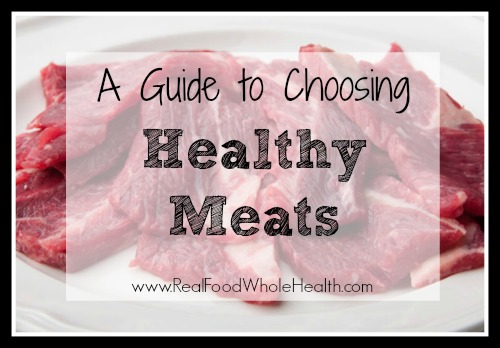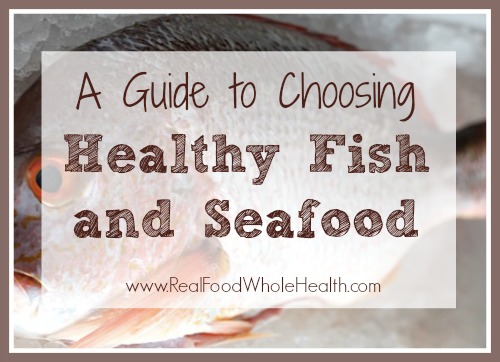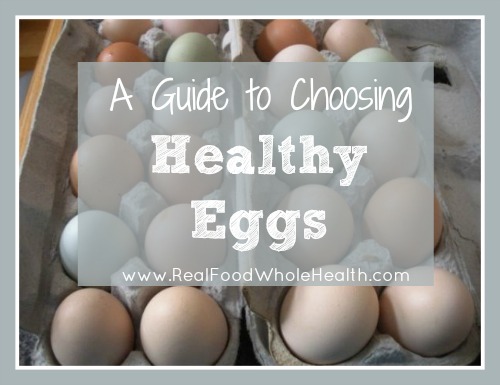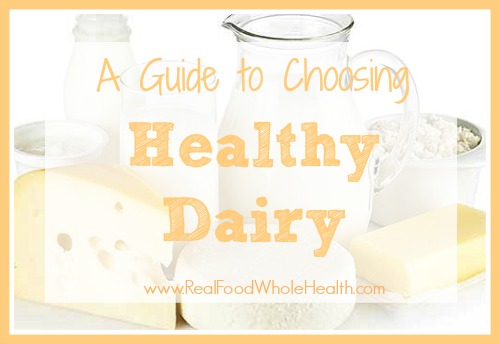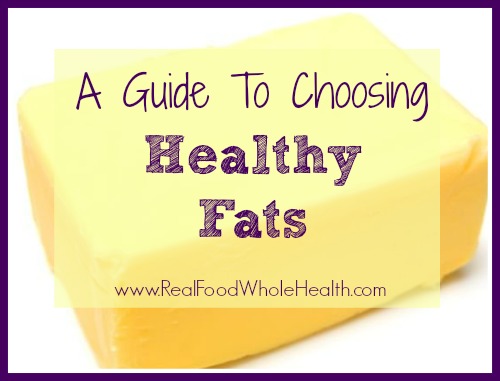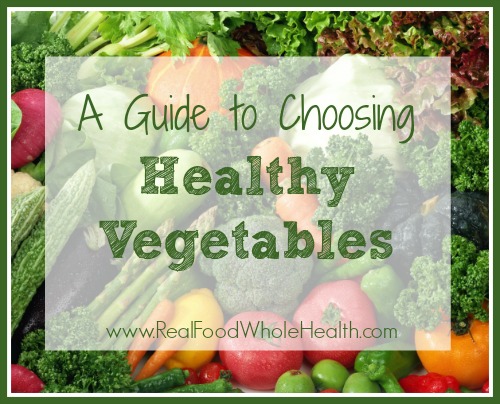A Guide to Choosing Healthy Meats Choose meat that has been raised locally and sustainably, without the use of hormones or antibiotics, and from animals eating their native, species-appropriate diet. If you cannot find grass-finished meat, grass-fed/grain-finished meat can be substituted, but is not optimal. Beef, bison/buffalo and lamb should be grass-fed and grass-finished, not
Main Dishes & Entrees
A Guide to Choosing Healthy Fish and Seafood
A Guide to Choosing Healthy Fish & Seafood Choose only wild-caught fish whenever possible. In some cases, it may be more expensive, but it is better for you. Farmed fish is generally not the healthiest choice, with the exception of some shellfish. It’s best to choose sustainable seafood. Visit www.seafoodwatch.org to learn more. Oily fish,
Continue Reading
Egg Dishes
A Guide to Choosing Healthy Eggs
A Guide to Choosing Healthy Eggs Purchase eggs from pastured hens raised locally- from small farms or even a friend’s backyard flock. Or, raise your own chickens! Pastured chickens have access to the outdoors, sunlight and pasture or grass. They eat not only grass, but grubs, worms and bugs and generally these chickens do not
Continue Reading
Basics & Staples
A Guide to Choosing Healthy Dairy Products
A Guide to Choosing Healthy Dairy Products Raw or unpasteurized, unprocessed milk is something that nourished generations of our ancestors. Choose raw milk, raw cream, raw butter and raw cheese where available. Raw dairy offers many benefits over pasteurized dairy including enzymes, beneficial bacteria and vitamins/minerals not found naturally in pasteurized milk. Raw milk has
Continue Reading
Basics & Staples
A Guide to Choosing Healthy Fats
A Guide to Choosing Healthy Fat Choose organic, cold-pressed oils like pure extra virgin olive oil, coconut oil or palm oil. Other healthy fats include animal fats from pastured animals- like butter, ghee, lard (pork fat), tallow (beef fat), duck or goose fat and schmaltz (chicken fat). Saturated fat and cholesterol are essential nutrients and
Continue Reading
Real Food Diet
A Guide to Choosing Healthy Vegetables
A Guide to Choosing Healthy Vegetables Vegetables should be organically or sustainably grown, grown locally whenever possible. Fresh and frozen vegetables should always be chosen before canned veggies. Canned vegetables should generally be avoided. Many nutrients are more available in cooked vegetables, like the lycopene in tomatoes, and cooking reduces oxalic acid, an anti-nutrient in

